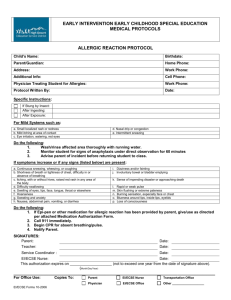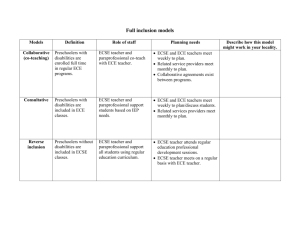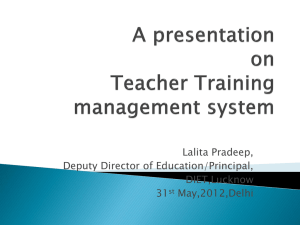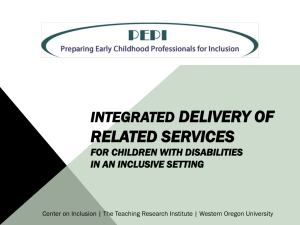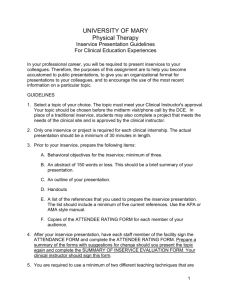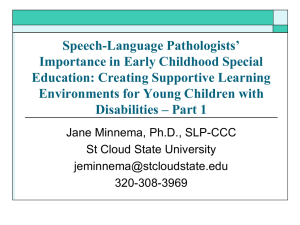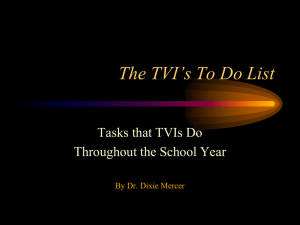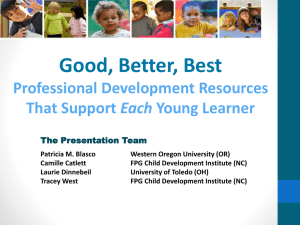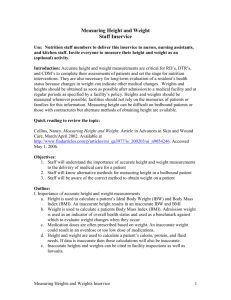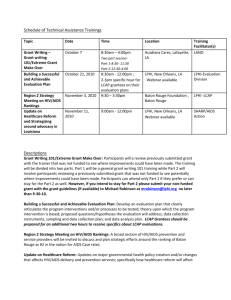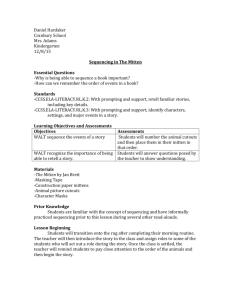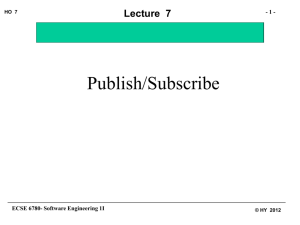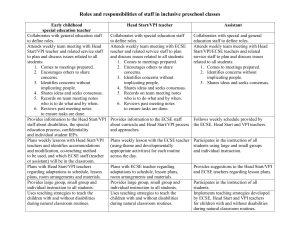Why a standardized curriculum?
advertisement
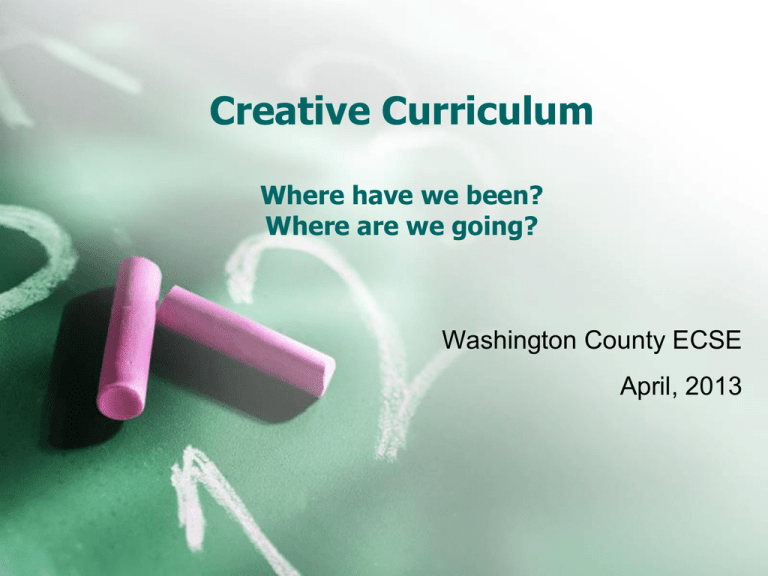
Creative Curriculum Where have we been? Where are we going? Washington County ECSE April, 2013 Why a standardized curriculum? • Each teacher used own curriculum/lesson planning ideas • No standard curriculum in use district-wide • Creative Curriculum decided upon, introduced at inservice. • Implementation difficult – needed a body to oversee implementation & training • Lesson planning spotty – need for universal lesson plan form • Birth of Curriculum Committee Role of Curriculum Committee • In-depth study of Creative Curriculum • Discover ways to implement Creative Curriculum in ECSE settings and integrate other curricula being utilized • Create standard lesson plan format that can be utilized by a variety of sites and classrooms across all four counties • Provide trainings on Creative Curriculum • Provide support at each center site for implementation of Creative Curriculum Fundamental Principals • Positive interactions and relationships with adults provide a critical foundation for successful learning. • Social-emotional competence is a significant factor in school success. • Constructive, purposeful play supports essential learning. • The physical environment affects the type and quality of learning interactions. • Teacher-family partnerships promote development and learning. History of Creative Curriculum Roll-out and lesson planning • Creative Curriculum introduced years ago and curriculum materials purchased (Fourth Edition 2002) Little to no implementation • 2008 Inservice break-out session on Creative Curriculum - Little to no implementation • 2011 Additional Creative Curriculum overview – Beginning of concept implementation • 2011 Introduced Lesson Planning Committee • Purchased Creative Curriculum for Preschool (Fifth Edition 2010) for all sites • 2012 Inservice – Introduction of standardized lesson plan template relative to Creative Curriculum Roles & Responsibilities of collaborative lesson planning • Teachers, SLP’s, Motor Team - plan Instructional Targets/Child Directed Environments • Teachers bring ideas back to classroom team for activity schedule planning • EA’s prep for activities • Motor team creates interactive gym environment related to theme & targets • Team creates a more intentional teaching environment • Children experience an engaging learning environment that is meaningful to their lives The Framework Interest Areas • Ideal setting for preschoolers. • Separate areas with varied materials offer a range of clear choices. • Spaces that accommodate a few children at a time addresses preschool children’s preference for small-group settings. • Children feel comfortable and play more positively than in larger groups. • Engage in more complex play in smaller, welldefined spaces. Physical Environment Guidelines • Establish traffic patterns. • Clearly define areas that need protection. • Locate interest areas that are relatively quiet away from noisier ones. • Think about activities that are affected by floor coverings. • Place interest areas near needed resources. • Reserve areas with a lot of light. • Organize the room so you can see as much as possible. BUT WHAT DO WE DO IN THE INTEREST AREAS? Monthly Lesson Plan Month: Circle Songs: January Teacher/ Rm: Snowman (for mat man) Theme/ Study: Dawn/Willow Books: Winter The Mitten by Jan Brett Instructional Targets Vocabulary/ Language Literacy Math Concepts/ Descriptors Social/PBIS Science walrus, walking, weather, winter, white, windy, water, warm, with, what, waiting, watching, wet HWT - W; ^ word wall words; sound box counting 1:1 correspondence; spatial relationships; size comparison wet/dry; warm/cold; weather - windy, rainy, cold, cloudy, sunny, snowy, etc.; watching/waiting/walking Sharing space; kind, friendly words; watching/waiting/walking melting/freezing; melting ice game; Technology Child Directed Environments Blocks Make snowmen with blocks; animals from book Sensory potato flake snow; fake snow Mitten match file folder game; melt ice Art/ Toys/Games game; winter clothing match; don't Writing break the ice snowflakes, white paint, marshmallows, cotton balls, white chalk, word wall words, W- HWT pages, w stamps, mirrors (writing on ice) Dramatic Play snowman; tree targets for kids to use as snowball targets; cover copy paper boxes, cover with paper so kids can build igloos Motor mittens; scarves; warm clothing; Next Steps for ECSE Classrooms • Continue/maintain collaborative lesson planning • Engage in mini training modules about classroom interest centers Mini-Trainings for Interest Areas Blocks Dramatic Play Toys/Games Art Library Discovery/Sensory Music and Movement Computers Outdoors Mini-Trainings for Interest Areas How and when? Trainings are being designed to be delivered in 20 to 30 minute PowerPoint sessions Sites work with principal to schedule trainings Recommendation: Hold trainings over sequential weeks to foster in-depth understanding and conversation around topics Focus on one interest area per session to permit deeper exploration and learning Implement new understandings in enhanced interest areas Expected Outcomes More discovery More skills Love of reading More engagement MORE LEARNING! More creativity

